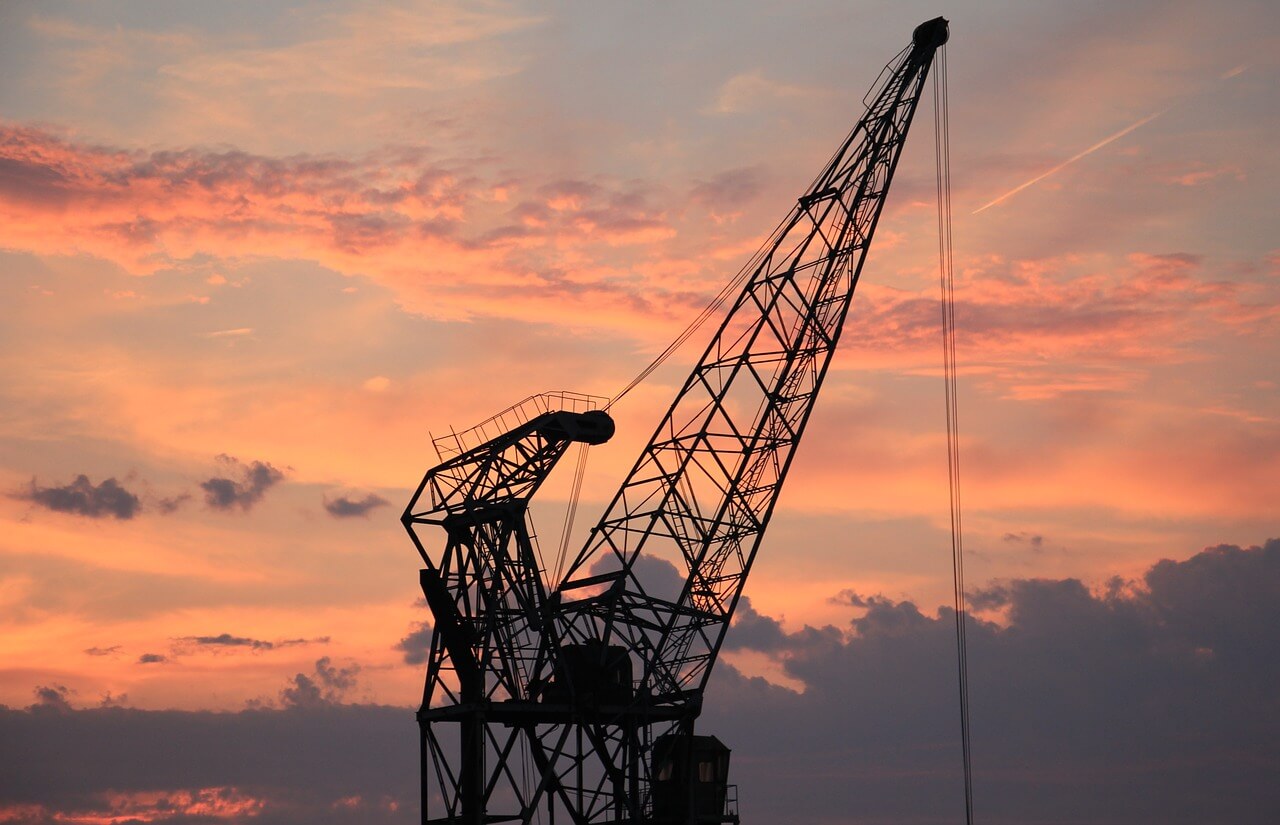To help construct and sculpt buildings and all shapes and sizes, a crane’s design has to be sophisticated enough to be able to adapt to the needs and requirements of any project. Having been developed over centuries, the crane’s design has reached a stage where no project is too big, but what are the components of a crane’s design which enable contractors and builders to build bigger and bigger? NMT Crane Hire outlines all the features and components which make these machines a mainstay on every construction site.
Hook
The hook part of the crane is what the load is connected to. It may not be as big in stature as some of the other components of a crane, however, it still remains one of the most important parts. The hook is connected to the house and the and effector and must be strong and durable enough to hold significant amounts of weight.
Hoist
The hoist is what creates the lifting motion of the crane within the rigging system. It is made up of a cranking mechanism or winding drum, using wires to raise and lower the hook. Depending on the model of the crane, hoists can be powered manually, electronically or by using pneumatics.
Boom & Jib
The boom of a crane is the long steel arm that spans the length of the vehicle. Stretching from the operator’s cabin and ending with the hook, Booms distribute the weight of the load and provide the necessary height needed for certain jobs. The jib is an addition to the boom and is used when extra height is needed to be achieved. These also work well to take some of the weight off of the hoist, alleviating some of the stress.
Counterweight
As cranes have to regularly carry and transport extremely heavy loads, there is always the risk that the crane may lose balance and topple over – the counterweight is there to make sure that this doesn’t happen. These counterweights are usually placed at the back of the crane to offer as much support as possible. Outriggers can also be used for extra support if the operator feels that the counterweight won’t be enough to balance the load.
Operator’s Cabin
The operator’s cabin is the control centre of the crane. As well as housing the operator, the cabin is home to all of the crane’s controls, the anemometer (which measures wind direction and speed), the scales and other essential features of the crane.
Contact NMT Crane Hire
If you have a project and are in need of a mobile crane, don’t hesitate to contact NMT Crane Hire. We can provide you with a fleet of vehicles suitable for any job. Contact us today on 0800 026 6985 or via our online contact form to discuss availability.

